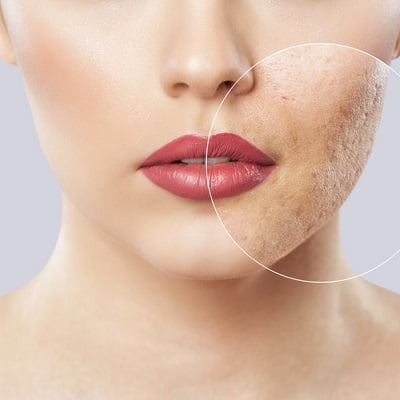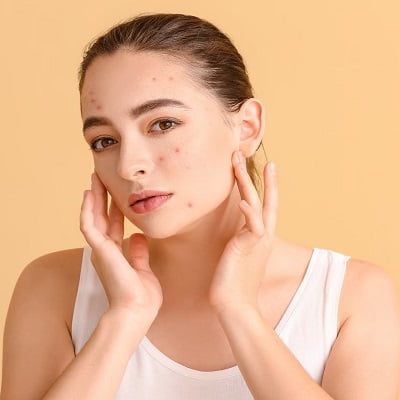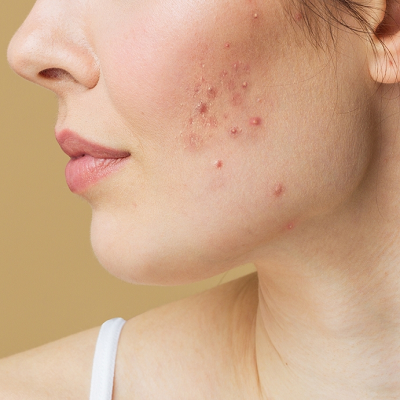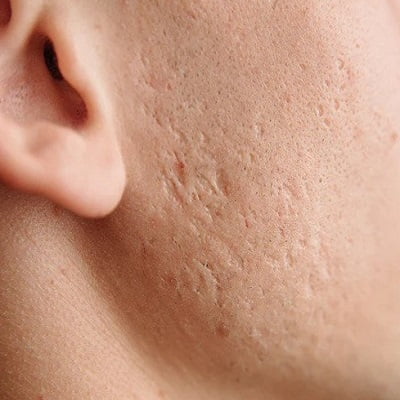
Acne, a common skin condition affecting millions worldwide, often leaves behind uninvited reminders in the form of acne scars. While most scars can be treated successfully with the best acne scar removal treatment in islamabad, some types of acne scars present a more formidable challenge.
In this blog, we will explore the various types of acne scars and identify the one that stands out as the most challenging to treat. Additionally, we’ll delve into the cutting-edge treatment options and advances in dermatology that are transforming the way we tackle these stubborn marks.
What are Acne Scars?
Before diving into the most challenging type of acne scar, it’s essential to grasp the different types of acne scars and their characteristics.
- Ice Pick Scars: Ice pick scars are narrow, deep scars that resemble small, deep holes in the skin. They result from the destruction of collagen during the healing process of inflamed acne lesions.
- Boxcar Scars: Boxcar scars are broad, rectangular depressions with defined edges. They often occur on the cheeks and temples and are caused by the loss of tissue after severe acne inflammation.
- Rolling Scars: Rolling scars create a wave-like appearance on the skin due to the fibrous bands that tether the skin to the underlying tissue. These bands pull the epidermis down, leading to the undulating surface.
- Hypertrophic and Keloid Scars: Hypertrophic and keloid scars are raised and lumpy, developing when the body produces excessive collagen during the healing process. They typically appear in individuals with a genetic predisposition for abnormal scarring.
Identifying the Most Challenging Acne Scar:
Among the various types of acne scars, hypertrophic and keloid scars are considered the most challenging to treat. Unlike other scars that cause depressions or indentations, hypertrophic and keloid scars are characterized by an excess of raised tissue.
The Difficulty in Treating Hypertrophic and Keloid Scars:
- Overproduction of Collagen: Hypertrophic and keloid scars form due to an overproduction of collagen during the wound-healing process. As a result, these scars are much harder to flatten compared to depressed scars like ice pick or boxcar scars.
- Persistent Growth: Unlike other types of scars that may stabilize over time, hypertrophic and keloid scars can continue growing beyond the original injury site. This unpredictable and persistent growth makes treatment planning more challenging.
- High Recurrence Rate: Even after successful treatment, hypertrophic and keloid scars have a higher likelihood of recurring, making long-term management a complex endeavour.
Treatment Strategies for Hypertrophic and Keloid Scars:
While the treatment of hypertrophic and keloid scars remains challenging, advances in dermatology have introduced several promising strategies to tackle these stubborn marks:
- Corticosteroid Injections: Corticosteroids are injected directly into the scar tissue to reduce inflammation and inhibit collagen production. While they can shrink the scar and improve its appearance, multiple sessions may be required.
- Silicone Gel Sheets: Applying silicone gel sheets to the scar can help flatten and soften the raised tissue. The sheets create a moist environment that aids in collagen breakdown and scar remodelling.
- Cryotherapy: Cryotherapy involves freezing the scar tissue using liquid nitrogen. The freezing process helps to break down the excess collagen and flatten the scar gradually.
- Laser Therapy: Fractional laser treatments and other laser modalities can help remodel scar tissue by stimulating collagen production and improving the overall appearance of the scar.
- Surgical Excision: For particularly large or stubborn scars, surgical excision may be necessary. However, this approach carries a risk of additional scarring and requires skilled surgical expertise.
- Pressure Therapy: Applying pressure dressings or silicone gel sheets with pressure can help flatten hypertrophic and keloid scars. Compression therapy encourages collagen remodelling and prevents excessive scar growth.
All Summed Up!
Acne scars can be distressing for those who suffer from them, impacting both physical appearance and self-confidence. Among the various types of acne scars, hypertrophic and keloid scars stand out as the most challenging to treat. Their persistent growth, tendency to recur, and overproduction of collagen make them formidable adversaries for dermatologists and patients alike.
If you’re struggling with hypertrophic or keloid scars, consult a qualified dermatologist at SKN Cosmetics Islamabad who can assess your case and recommend the most suitable treatment plan. Remember, though these scars may present a formidable challenge, perseverance and a comprehensive approach to treatment can lead to significant improvements and a brighter, scar-free future.



